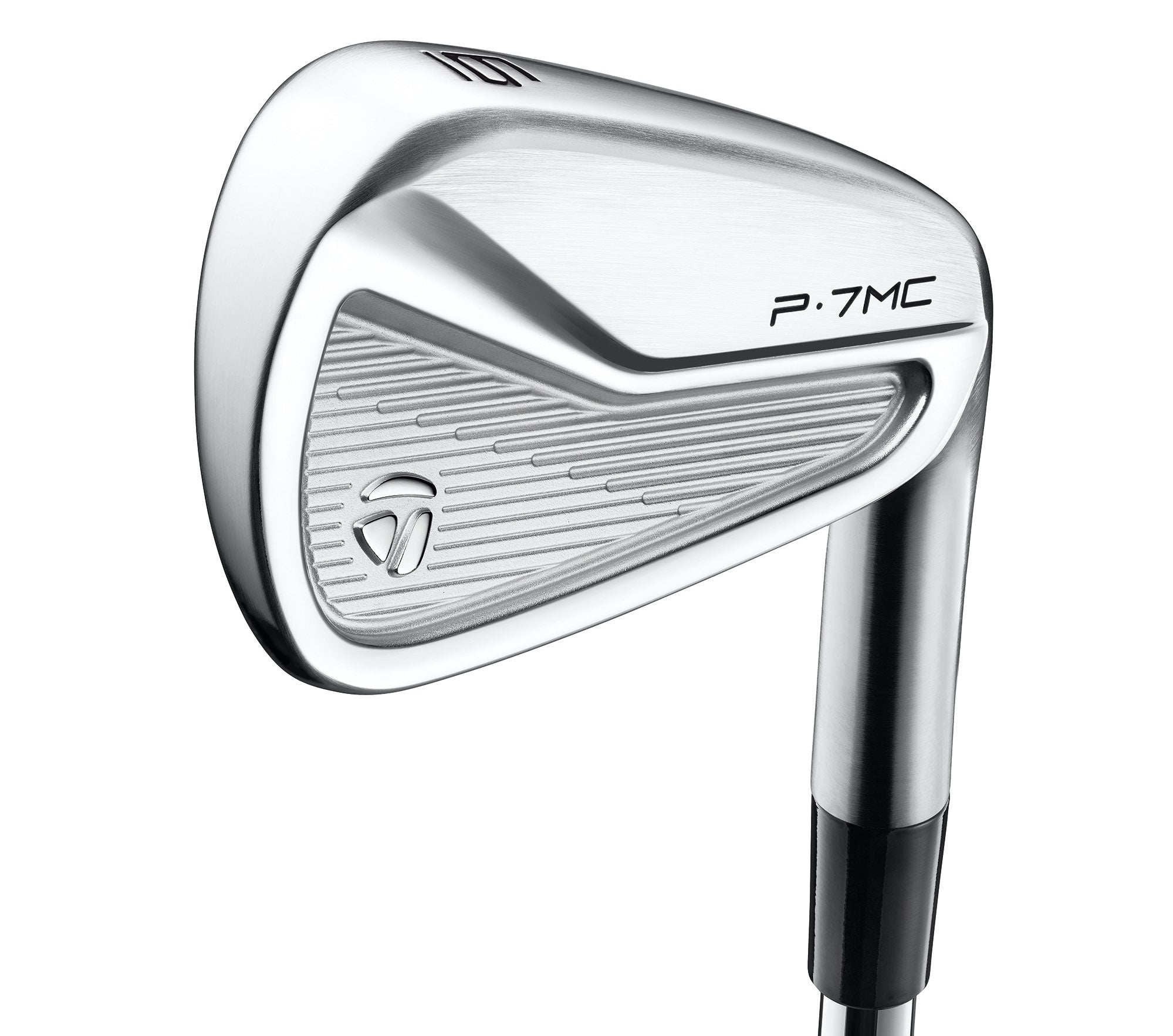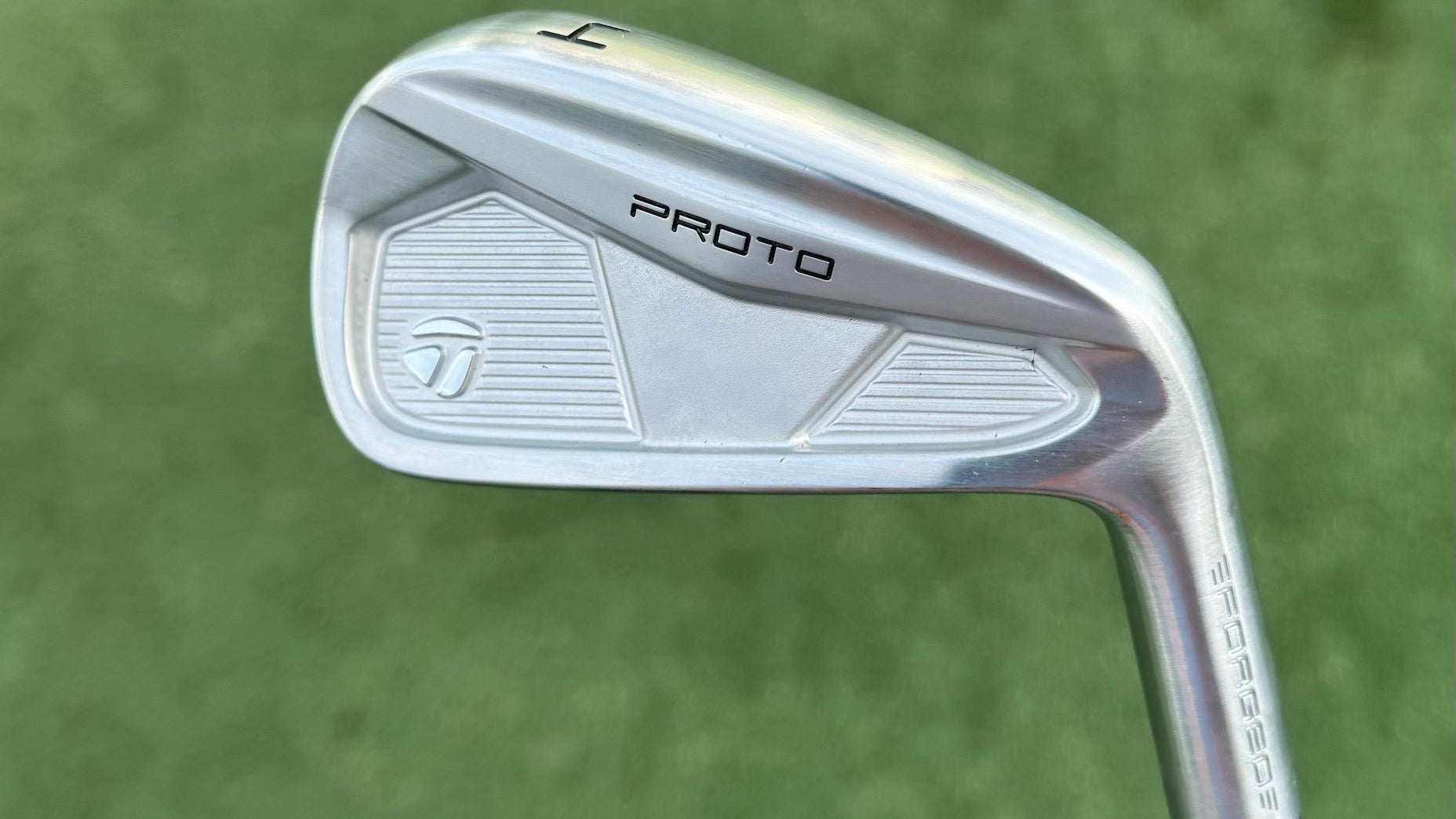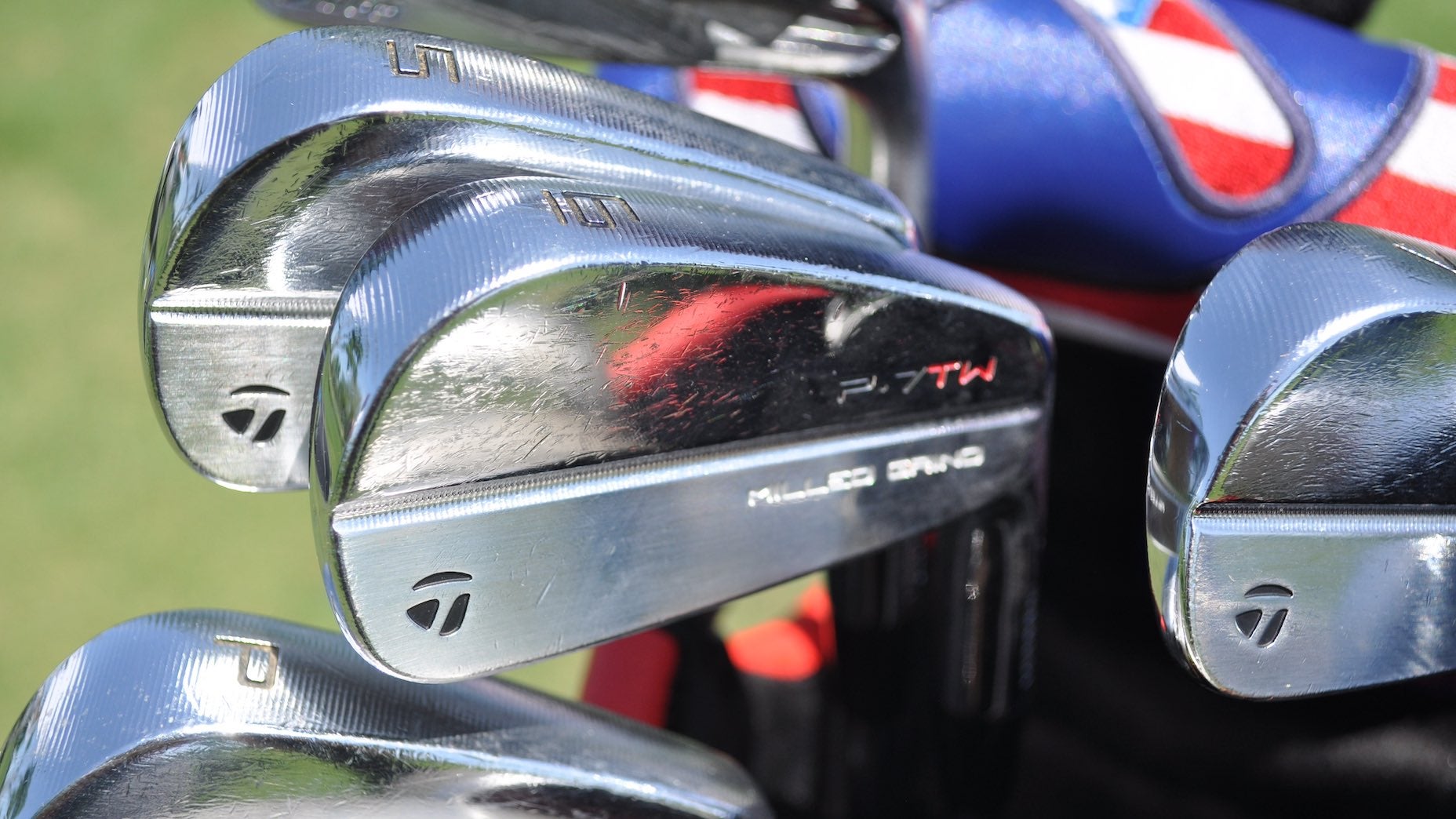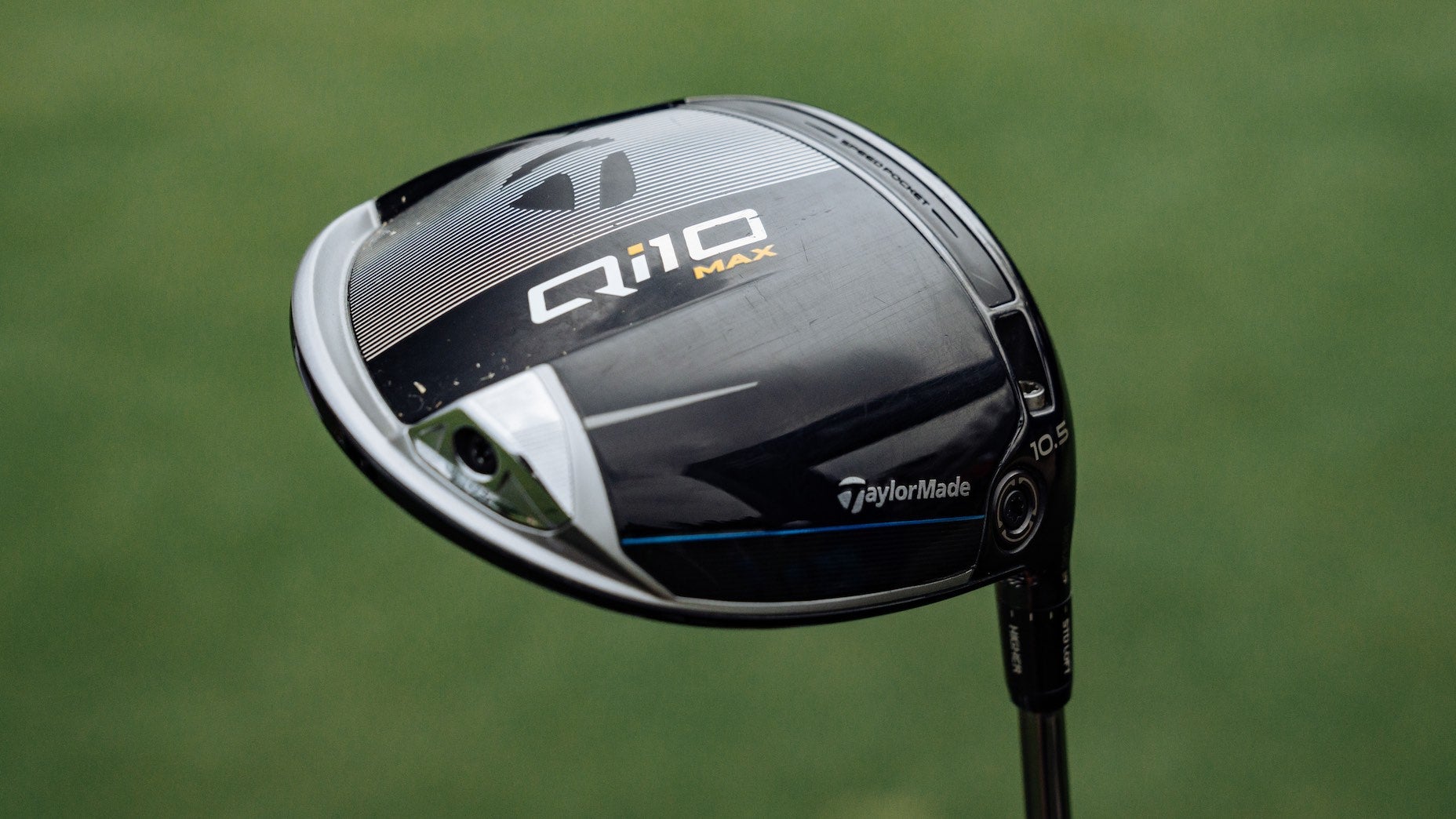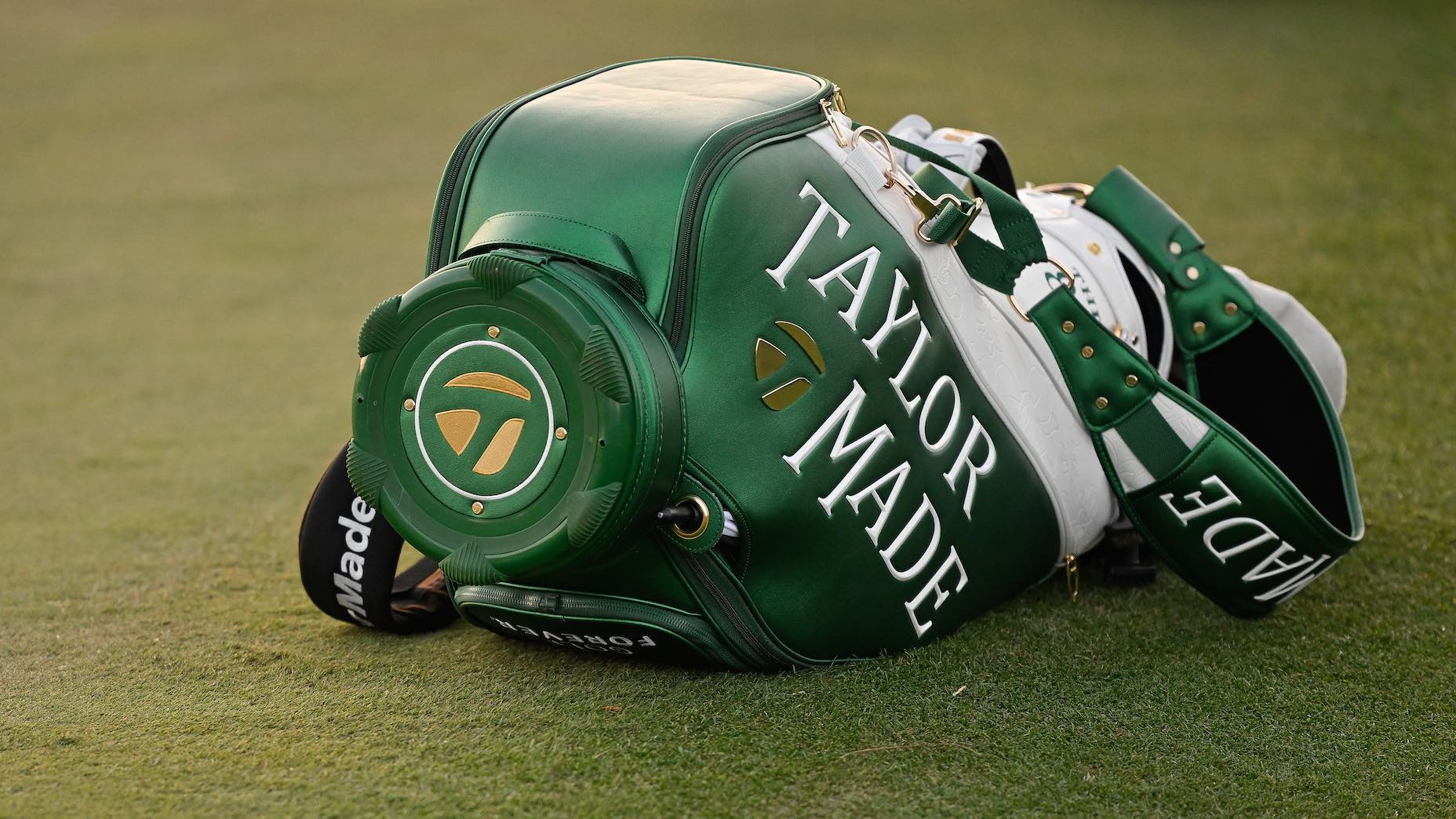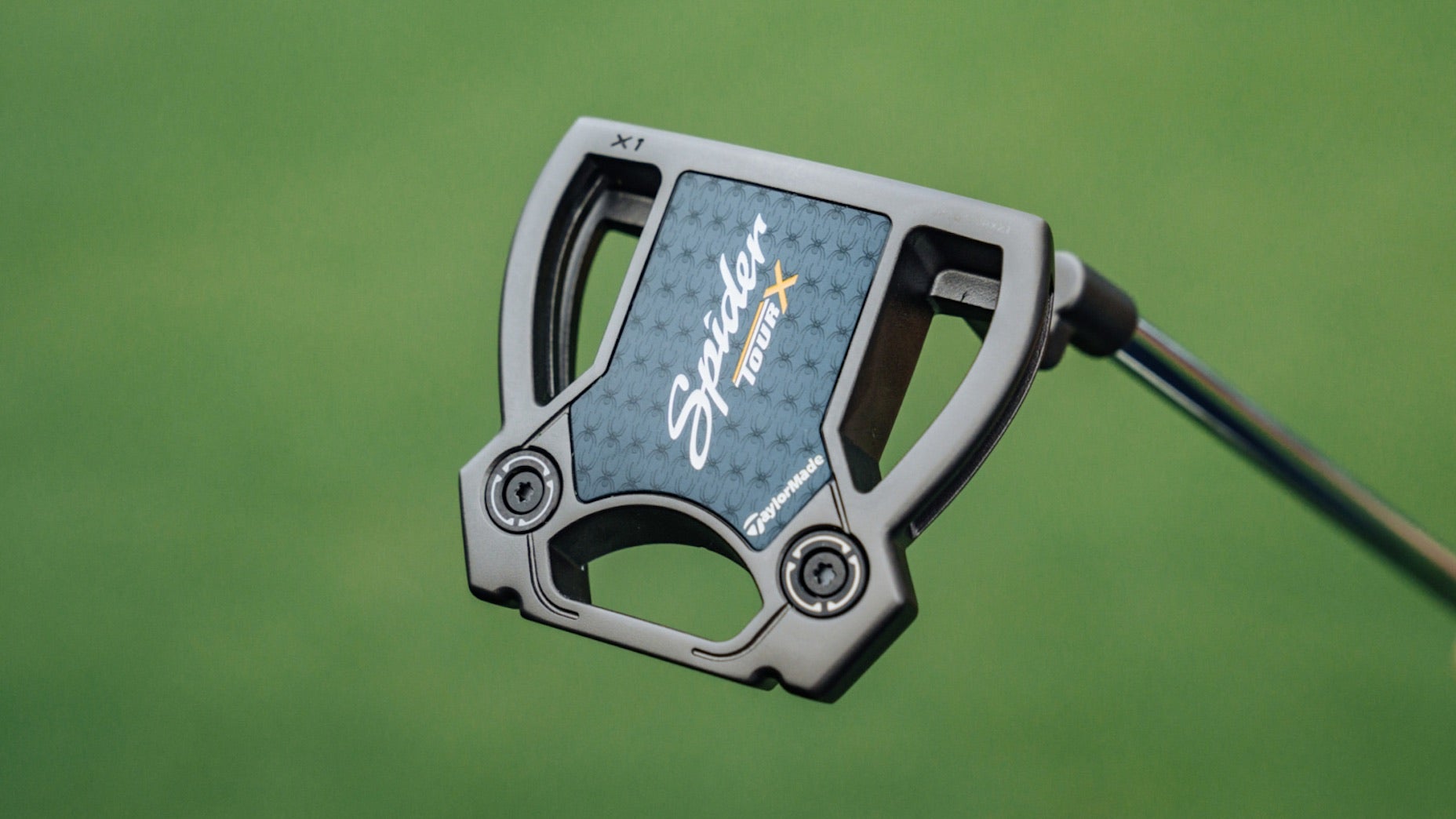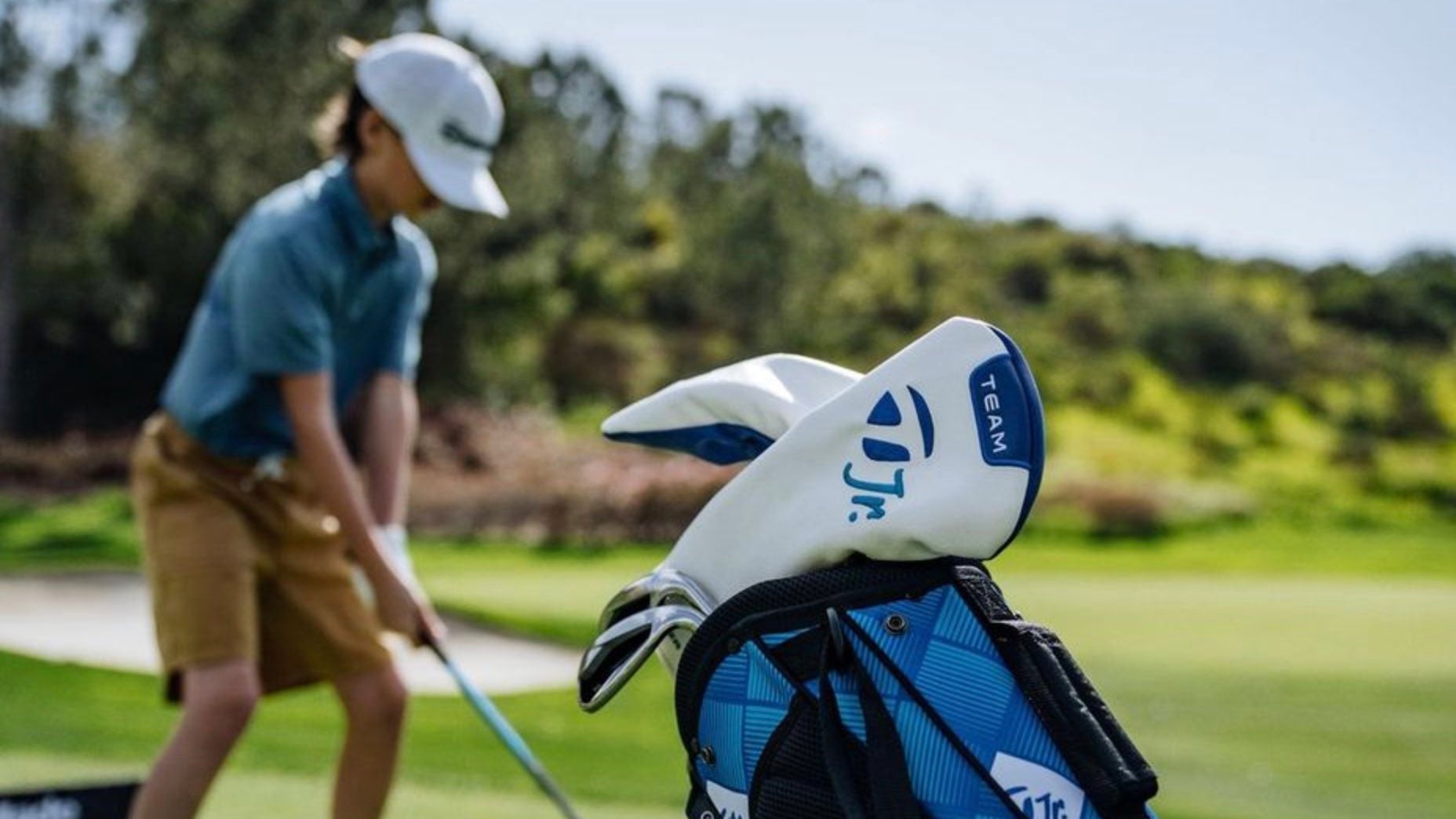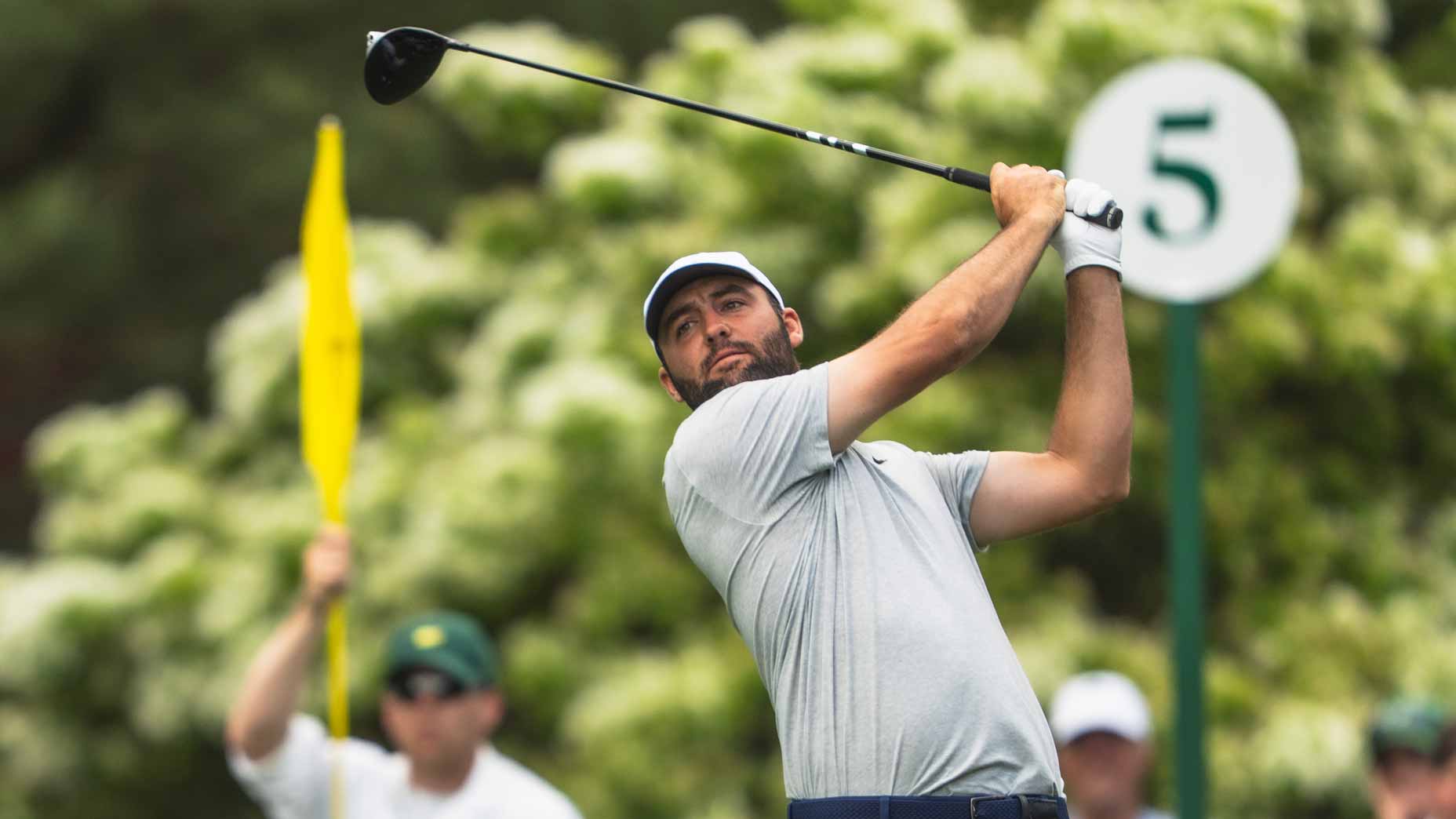2 things you can learn from Matthew Wolff’s switch to TaylorMade P7MC irons
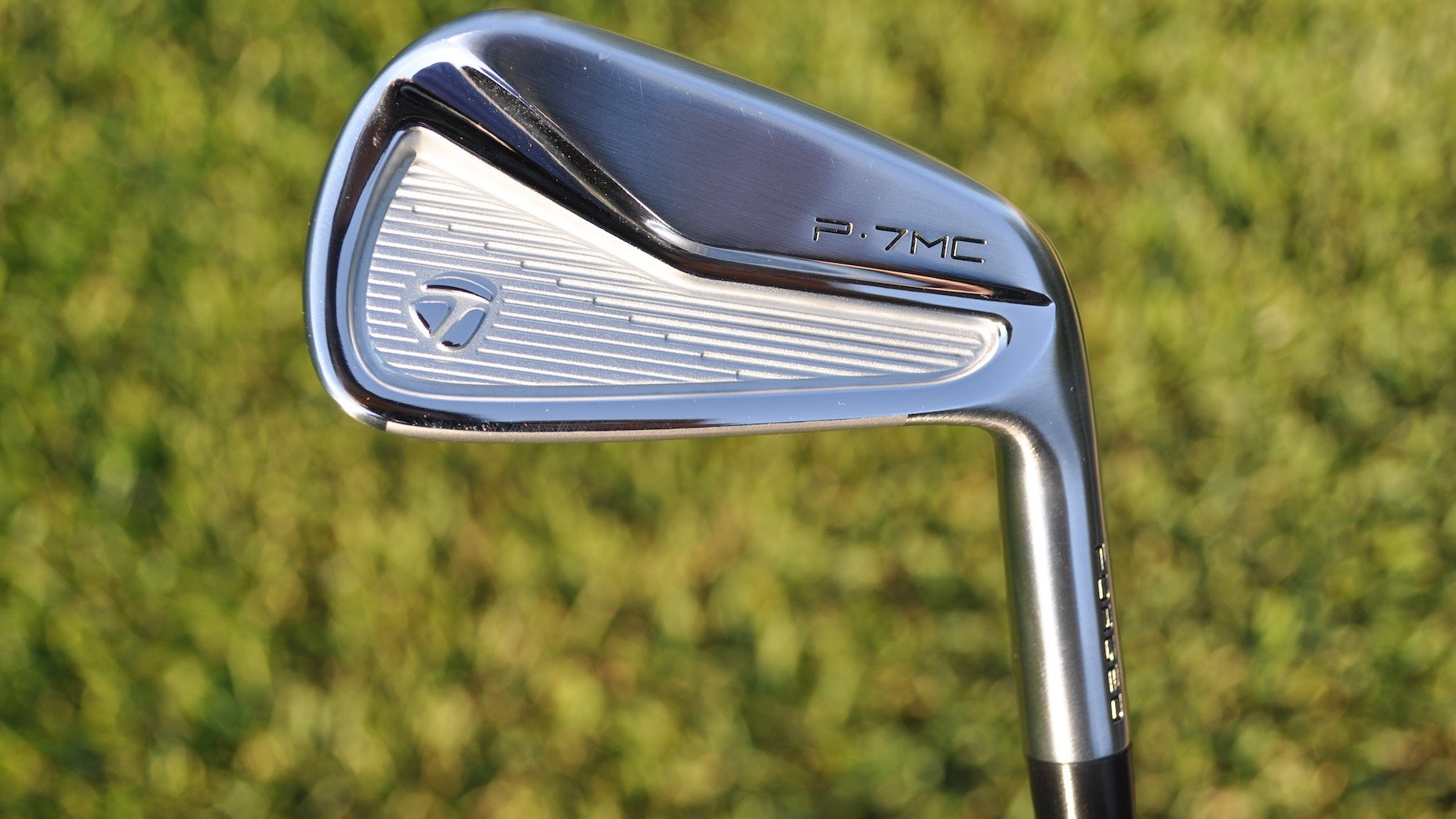
Matthew Wolff switched to TaylorMade's P7MC irons at the U.S. Open.
Jonathan Wall
Matthew Wolff’s decision to break in TaylorMade’s P7MC irons at the U.S. Open took many by surprise — save for a select few in Wolff’s inner circle, Ryan Ressa included. TaylorMade’s manager of player development has been working with Wolff (and Collin Morikawa) since before he turned pro. He knows his game and gear as well as anyone
If there’s one thing he’s learned from working with Wolff over the years, it’s that he rarely wavers when it comes to making decisions pertaining to his gear. If the club has the chops to beat out his current gamer, it’s going to make the cut. No questions asked.
“You have to respect a guy who knows what he likes and doesn’t constantly question if he made the right decision,” said Ressa.
Wolff’s introduction to TaylorMade’s latest cavity-back P7MC product came during the PGA Tour’s FedEx Cup playoffs when he received a set to test at home. Working with the irons on the practice range, Wolff started to pick up on some subtle improvements, including a tighter dispersion pattern and “heavier hit” at impact. (The solid feel at impact likely has everything to do with TaylorMade’s new Compact Grain Forging process and a triangular design in the cavity that assists with center-of-gravity location and feel at impact.)
A couple of practice rounds later, the 21-year-old gave the irons the green light for Winged Foot, where he went toe-to-toe with eventual winner Bryson DeChambeau during the final round.
Chances are you don’t possess Wolff’s polished iron game, but there are a few pearls of wisdom recreational golfers can glean from how the PGA Tour winner goes about testing iron product. Take these 2 things into consideration the next time you begin the search for a new set of irons.
TaylorMade P7MC
Put your pride aside
Wolff ranked 12th on Tour during the 2019-20 campaign in club-head speed (121.32 mph). Having that kind of speed in the tank can be a massive advantage in the era of “bomb and gouge.” Before last season, Wolff’s iron shaft of choice in his TaylorMade irons was Nippon’s Modus 130X shaft — a sturdy option that matched up well with his impressive speed.
Too much spin can be a distance killer when it comes to the irons. The same can be said about not having enough RPMs throughout the bag. Too little spin tends to lead to poor launch conditions and control issues, which is what Wolff started to notice with the shaft setup.
Wolff initially tried an ultra-stiff Project X 7.0 to see if it produced the ideal launch and spin characteristics for his irons (3-PW), but it still didn’t generate enough spin and control, particularly on half shots. So he moved down in flex to the slightly softer Project X 6.5. The shaft wound up being a perfect match.
Asking a bomber to go down in shaft flex might elicit some grumbles. No one wants to think they’re losing speed. But in Wolff’s case, softening things up — even though Project X 6.5 is anything but soft — offered some immediate benefits
“[Matt] understood the benefits of going to 6.5 and saw them for himself,” Ressa said. “So long as it works, the flex on the shaft doesn’t matter. It’s all about performance.”
Keep it old school
Wolff knows his optimal numbers on a launch monitor. It’s important to have a baseline in place to understand if a club is a good fit for your game. But when it comes to weighing the numbers on a launch monitor versus what he’s seeing and feeling, Wolff always sides with the latter.
“He’s done a good job learning his numbers and understanding the benefits a launch monitor offers,” Ressa said. “But it still comes down to how it feels and whether it’s in his window. If it doesn’t check either of those boxes, it’s not making the cut. The same goes for how it looks at address. There are certain things that are non-starters for him.”
If you’re going to test something new, consider the intangibles (look, sound, feel, preferred launch window). Just remember you’re going to be playing this set for years to come. (At least that’s the goal.)

